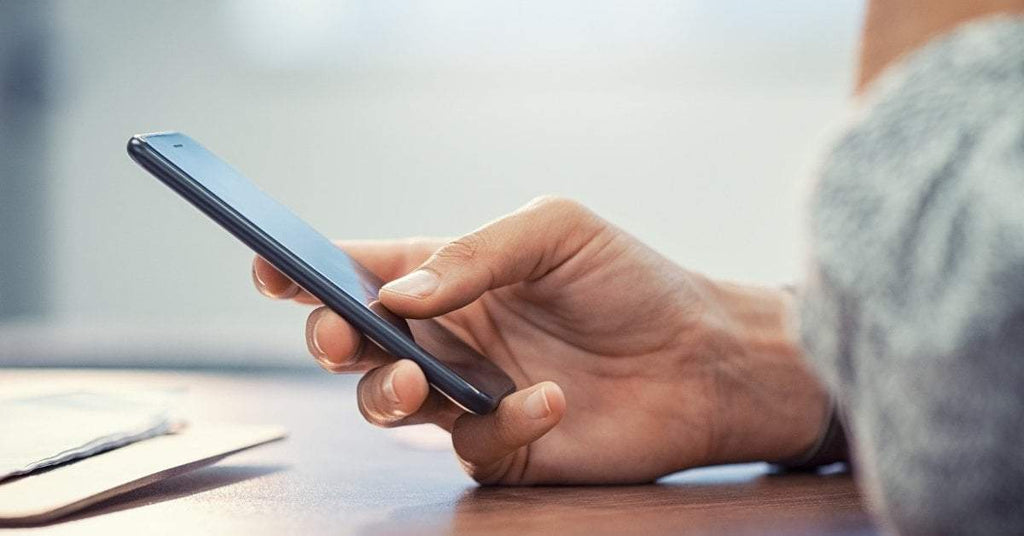How to choose a smartphone

Choosing the right smartphone for yourself could become a tedious task given that there are many options to pick from; ranging from iPhones to Android to Windows. As such, narrowing your options down to one seems almost impossible. However, in our blog this week we discuss how to choose a smartphone that is ideal for you and your personal needs.
Keep reading to find out how!
Be mindful of your needs
First and foremost, you must be aware of what you need from the phone you’re about to purchase. Ask yourself questions such as - What do I need this phone for? Is it for its camera quality? Battery life? Durability? Do I prefer a device that is easy to hold or something that looks sleek? Will I be storing a lot of data in it? If so, am I looking for a phone with an expansive storage space? Do I want to keep tabs on my daily chores?
Once, these questions are answered, make a list for ease of shortlisting your smartphone options.
Choose an operating system
There are few operating systems to take into consideration when choosing a smartphone for yourself. Starting with iOS - it is known for its ease of use, security and integration with other Apple products. If you already own a MacBook or an iPad it only makes sense to go with an iPhone given that they will all integrate with one another.
Android, on the other hand, is known for its integration with Google services. If you’re an avid Google Maps, Google Docs or Gmail user, then Android is ideal for you. It offers a customised experience and is less expensive than iOS. What’s more, with Google Assistant growing more useful day by day you will be experiencing one of the best virtual assistants around.
Although Windows Phones are comparatively less common you will be able to integrate with Microsoft and also experience quality camera lenses on certain models.
Determine which apps and features you need
As discussed before, each operating system has proprietary features of its own. While iOS entails features such as Siri, fingerprint scanning, FaceTime chat, and iCloud support, Android contains Google Now and allows third-party app installation. However, certain Android phones such as the Samsung Galaxy A8 contains features such as fingerprint and face scanning as well. On the other hand, Windows phones utilise Cortana for voice activation and incorporate Word, PowerPoint, Excel and PDF apps.
Moving onto apps, iOS and Android have an extensive range of apps when to Windows. Although apps such as Google Maps and Apple Music are available across all operating systems, certain apps are exclusive to their respective platforms. For example, Facetime is only available on iOS.
However, keep in mind that usually, if there is a lack of a popular app on a competitor's operating system, there is a strong chance that an alternative exists.
Budget
Finally, decide on the most apt price range for you. While iPhones fall more towards the pricey side, Android options such as Huawei, HTC and LG are known to be more affordable. For a premium Android experience, Samsung is an ideal choice.
Key takeaways on how to choose a smartphone
There are many factors to take into consideration when choosing the best smartphone for yourself. From its internal operations to exterior and budget, it's best to be mindful of all these aspects before walking into a store. Shop with us at Simple Deals for the best price cuts and also be able to make your purchases now and pay later with Afterpay, zipPay, zipMoney and Oxipay.
